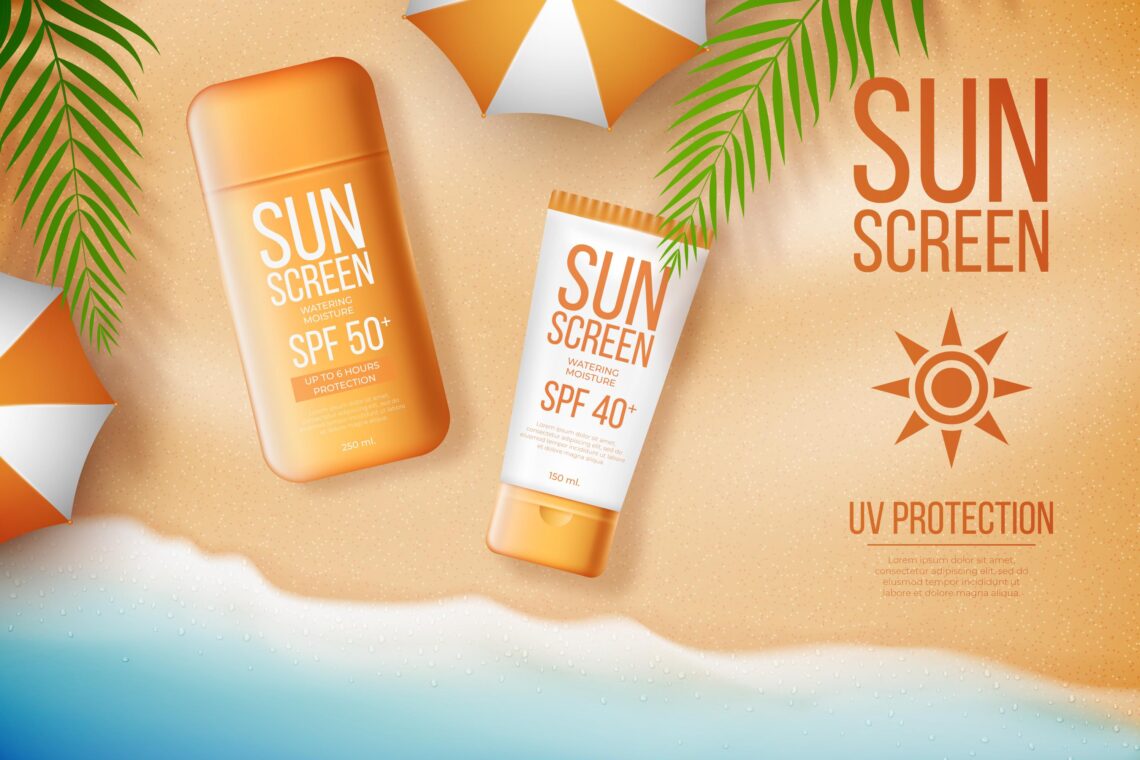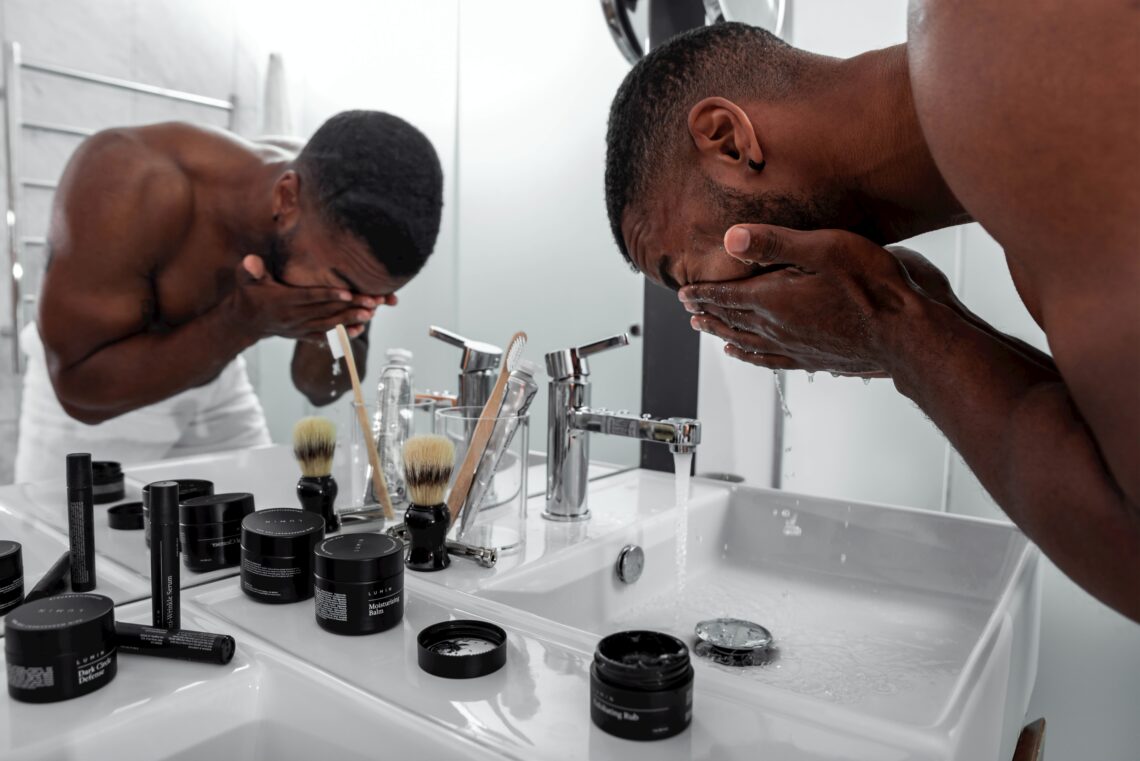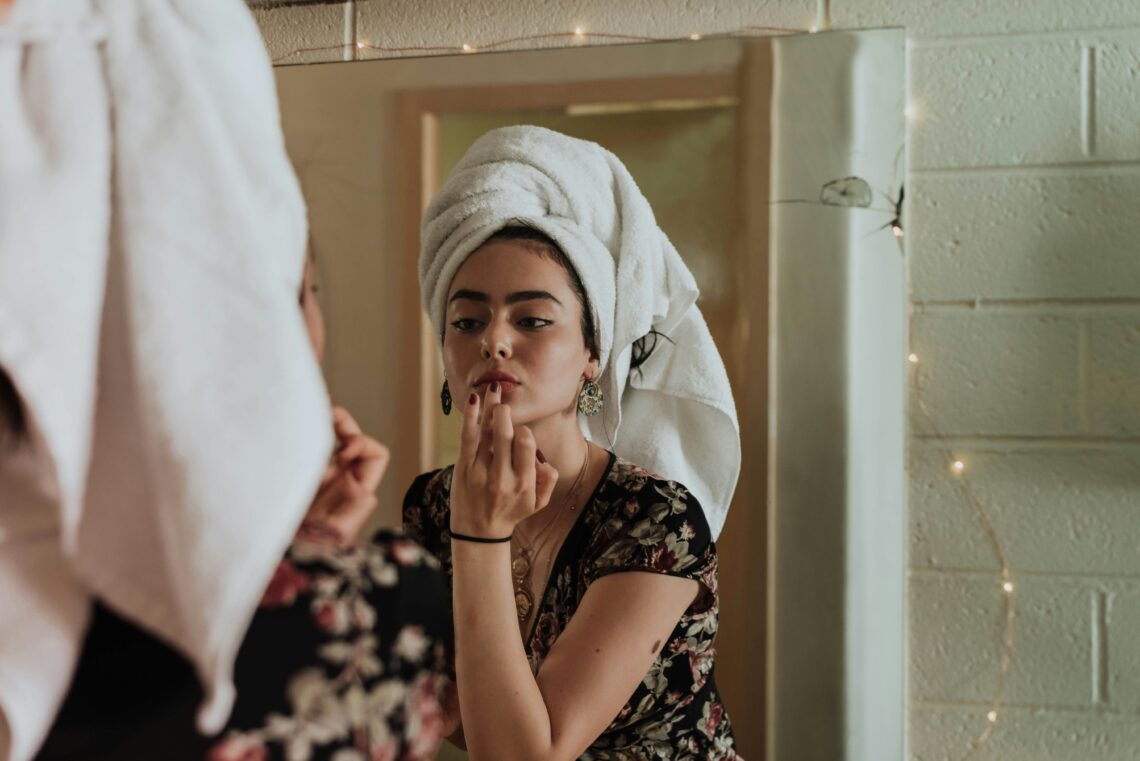Protecting our skin from the harmful effects of the sun’s ultraviolet (UV) radiation is crucial for maintaining good skin health. The UV index serves as a valuable tool for assessing the level of UV radiation and understanding the associated risks. In this article, we will delve into the concept of the UV index, its significance, and explore common symptoms of UV-related skin issues.
What is UV Index?
The UV index is a measurement that indicates the strength of UV radiation at a particular location and time. It provides valuable information about the potential harm posed by the sun’s rays. The index is typically reported on a scale from 0 to 11+, with higher values indicating greater UV intensity. It is essential to pay attention to the UV index as it helps individuals take appropriate measures to protect their skin.
Understanding UV-Related Skin Issues

UV radiation can have a significant impact on the health of our skin. Exposure to excessive UV radiation can lead to various skin issues, including sunburn, premature aging, and skin cancer.
- Sunburn is a common skin condition caused by overexposure to UV radiation. Symptoms of sunburn include redness, inflammation, pain, and tenderness. In severe cases, sunburn can lead to blistering and peeling of the skin. Sunburn not only causes immediate discomfort but also increases the risk of long-term skin damage and skin cancer.
- Premature aging is another consequence of excessive UV exposure. Chronic sun exposure can accelerate the aging process, leading to wrinkles, fine lines, uneven skin tone, and texture. Over time, the skin may develop age spots and hyperpigmentation due to UV-induced melanin production. Protecting the skin from UV radiation is essential for maintaining youthful and healthy-looking skin.
Learn more about Best Tinted SPF 50 Face Sunscreen Solutions For Pale Skin
Perhaps the most concerning consequence of UV exposure is the development of skin cancer. Prolonged exposure to UV radiation can damage the DNA in skin cells, leading to the formation of cancerous cells. Skin cancer may present as unusual moles or growths, changes in existing moles or birthmarks, or persistent itchiness, bleeding, or pain. Early detection and treatment are crucial for a positive prognosis in skin cancer cases.
Symptoms of UV-Related Skin Issues
Recognising the symptoms of UV-related skin issues is important for timely intervention and seeking appropriate medical attention.
- Sunburn manifests as redness and inflammation of the skin, accompanied by pain and tenderness. In severe cases, the affected area may blister and eventually peel. It is essential to provide relief to sunburned skin by applying soothing lotions and aloe vera, and staying hydrated.
- Premature aging symptoms include the development of wrinkles and fine lines, loss of elasticity, and a dull complexion. Uneven skin tone and texture, along with the appearance of age spots and hyperpigmentation, are also signs of sun-induced premature aging.
Skin cancer symptoms vary depending on the type and stage of the cancer. Unusual moles or growths on the skin, changes in the size, shape, or color of existing moles or birthmarks, and persistent itchiness, bleeding, or pain in a particular area should not be ignored. Any suspicious skin changes should be evaluated by a dermatologist promptly.
Learn more about Diseases Related to Abnormal Photosensitivity Responses of the Skin
Preventive Measures and Protection
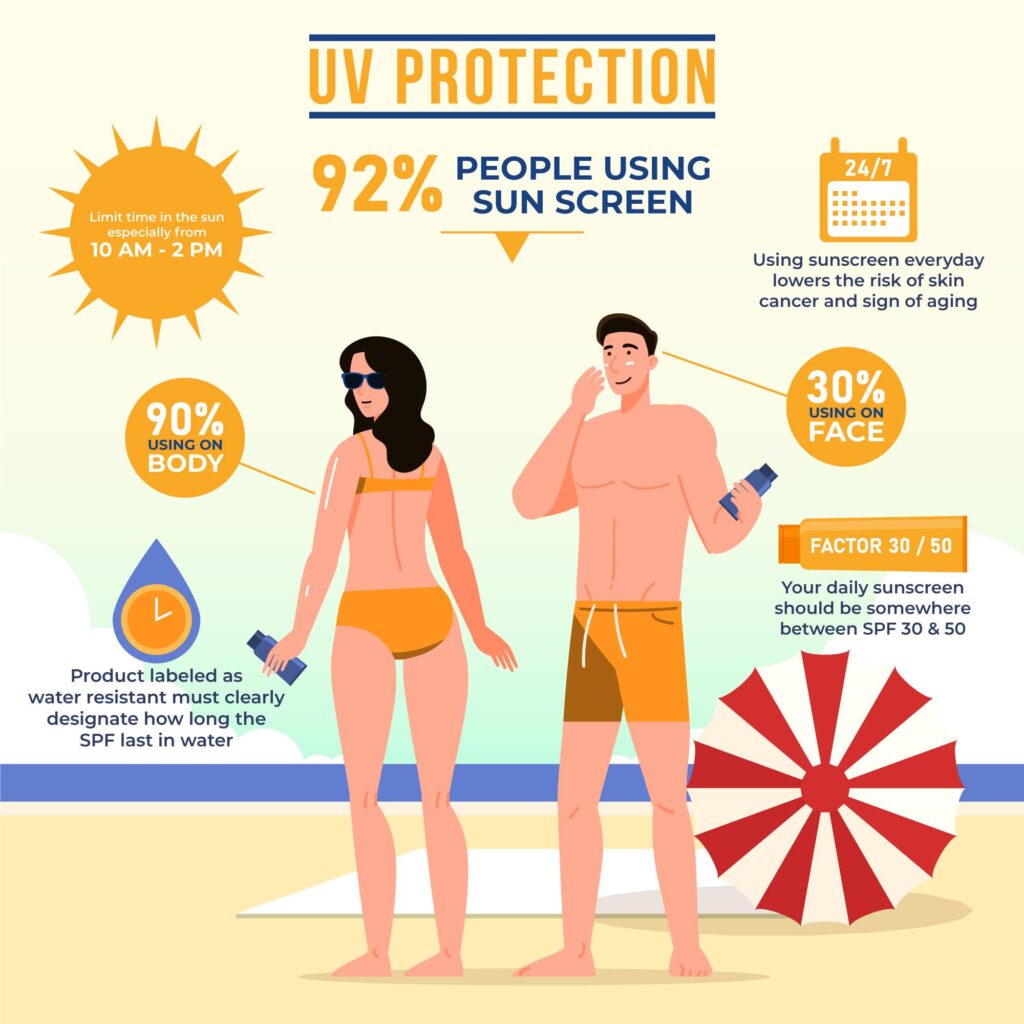
Prevention is key when it comes to UV-related skin issues. Here are some essential tips for minimising UV exposure and reducing the risk of skin problems:
- Using broad-spectrum sunscreen: Apply sunscreen with a sun protection factor (SPF) of 30 or higher, broad-spectrum protection against both UVA and UVB rays. Reapply every two hours, especially after swimming or sweating. Explore The 18 Best Sunscreens Of 2023, Tested By Dermatologists
- Wearing protective clothing: Opt for long-sleeved shirts, pants, and wide-brimmed hats to shield your skin from direct sunlight. Look for clothing with built-in UV protection for added defense.
- Seeking shade and avoiding peak sun hours: Limit your time in the sun, especially between 10 am and 4 pm when UV radiation is most intense. Seek shade under umbrellas, trees, or use canopies.
- Using sunglasses and hats: Protect your eyes and the delicate skin around them by wearing sunglasses with UV protection. Combine this with a wide-brimmed hat to shield your face and neck.
- Regular skin checks and early detection: Perform regular self-examinations of your skin to identify any changes or abnormalities. If you notice any concerning symptoms or skin changes, consult a dermatologist for a professional evaluation.
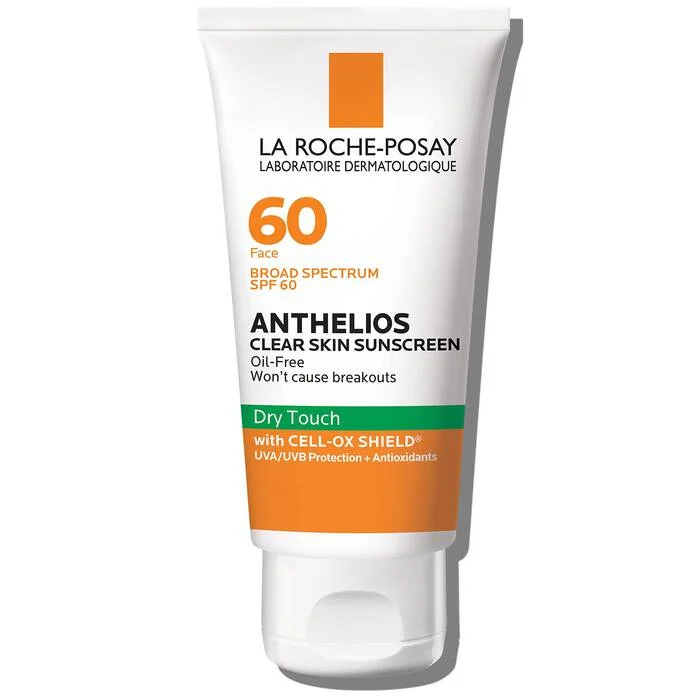
La Roche-Posay Anthelios Melt-In Milk Sunscreen SPF 60

Product Name
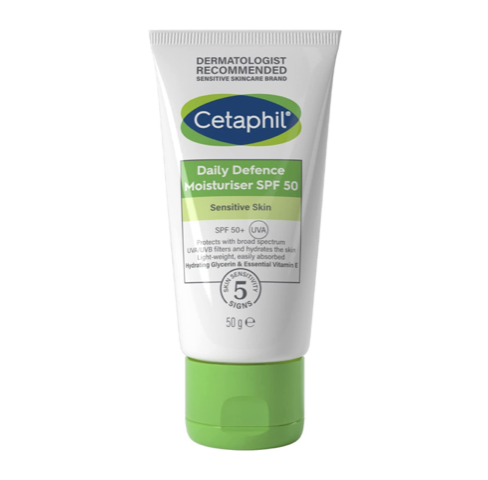
Cetaphil Daily Defence Face Moisturiser, SPF 50+
Learn more about Best Tinted Sunscreen for Face: Exposing Myths, Tips to Choose
Understanding the UV index and its impact on skin health is vital for protection. Recognising symptoms like sunburn, premature aging, and skin cancer to take proactive measures. Using sunscreen, wear protective clothing, seek shade, and get regular skin checks to minimise risks. Prioritising sun protection and seeking professional help when necessary will contribute to maintaining healthy, radiant skin for years to come.
You may also like..

